I believe the confidence that we build as photographers effects how we work in a number of ways, so I’m going to break this down into what I’ll refer to as multiple stages of contentment and how that, in turn, drives various thought patterns, some of which are good, and some that can be quite destructive and even paralysing.
Before we go on I’d like to mention that most of what I will relay here is based on observations of my own personal growth, and I’ve solidified my thoughts to a degree based on observing how the many photographers that I meet each year work. Also, keep in mind that although I’ll number these stages, this is not a comprehensive scientific study of human behavior; it’s simply my attempt to put arrange my observations in some semblance of order.
Stage One – Getting Started
When we first get interested in something like photography, we obviously need something to make our photographs with, be it a compact camera or something more sophisticated with interchangeable lenses, and the search for gear begins.
If we are lucky, our journey may start with a gift of a camera from a family member. I remember my first camera was bought with money that I’d received from my parents to spend during a family holiday when I was in my mid-teens. Money used to burn a hole in my pocket as my mother would say, so generally, the first thing I did on such family holidays was to find a way to spend my pocket money, and on this occasion, I decided to buy a camera and some film. Already on the holiday, I simply bought an old 110 film pocket camera, but I recall spending hours photographing the scenery in the holiday town we’d visited, and the excitement and anticipation as I opened the envelope of developed film later in the holiday.
These days, of course, things are very different; everything is so much more immediate. With information about the gear available to us now at our fingertips via the Internet, a quick search immediately shows us what we could have, and the choices can be overwhelming. In many ways, I feel as though it was better when we had less choice, as we tended to be happier with what we have for much longer.
I used that old 110 film camera for over five years until I noticed a roll of 35mm film in a film processing store in town that actually came with a black plastic camera housing. The film canister was the largest part of the camera, and the film was passed through a tiny central shutter area with a plastic lens and wound onto a spool below the shutter button until the roll was finished. I must have put twenty or thirty rolls of film through that camera as I started hiking in the hills of Derbyshire back home in England, and once again, I loved the results, despite it being an incredible crude camera.
Stage Two – Desire vs Capability Gap
My own passion for photography was fueled heavily with the arrival of digital photography, and by this time, the Internet had become completely ubiquitous, allowing me to easily check what was available, and make more intelligent purchases. It was around this time though, that I fell foul to what I now believe to be the most frustrating stage of a photographer’s growth.
I was making images that people would praise me for; making me feel good about my photography, but deep down I was not very confident in myself as a photographer, and it seems as though I was a constantly searching for that piece of gear that would make me a better photographer. I guess I had a strong desire to be better, but was frustrated by my results, and tried to bridge the gap by picking up more gear, as there is a strong sense that if you own better gear, you’ll shoot better photos.
Gear is Good
Now, I’m not going to tell you that you don’t need good gear to make good photos; that would be completely hypocritical of me, sitting here with some of the best camera equipment available, so let’s just get this out before we proceed. You may remember my friend David duChemin’s company Craft and Vision used what became a popular catchphrase “Gear is Good. Vision is Better” and I believe this is still so true. We need gear to do what we do, but it’s so much more about the vision of the photographer. Plus, the journey to arrive at our gear nirvana is much more important than the gear itself.
I definitely went through a stage though when I did not yet understand which photography genres really excited me. For many years I shot all sorts of genres, and although I believe that helped me to grow, it certainly left me feeling frustrated on occasion. I recall seeing images made with Tilt-Shift lenses that looked like georamas and rushing out to buy my own Tilt-Shift lenses. I was desperately trying to find something to fuel my creativity while satisfying my desire to get out with the camera.
In many ways, new gear can help to get us out with our cameras, and this kind of experimentation is absolutely an important part of finding who we are or who we will become as a photographer. With this in mind, I feel that most of us are going to buy a certain amount of gear that we will later sell, with the realization that we no longer need it but this doesn’t necessarily mean that it did not serve a purpose. Everything we do forms part of what we become, and I believe that nothing goes to waste.
Stage Two Summary
The important thing to note about this stage is that most of us probably go through a phase where we have started to grow and we’re making some nice progress, but our ability to make beautiful images isn’t quite in-line with our expectations, and we tend to throw more gear at the situation in a bid to improve.
In hindsight, we could probably have done without certain lenses or pieces of gear, but because this all helps to form who we are as photographers, it’s an important part of our growth, so I can’t really say that we should simply try to skip this part. Afterall, this is about how content we are, and I believe that this stage can be both frustrating and fun as we search for the photography that we will become.
Bonus Stage – Replacing Tripods
I have also noted over the years that most people buy at least two or three tripods before they realize that it’s time to buy a really good one. My first tripod was something that was recommended to me by the sales rep in the camera store in the early 90s, costing around $100. I used this tripod for well over 10 years, and while I was not really enlarging my photos, and because of the relatively low resolution of film, I didn’t know that it wasn’t really supporting my camera very well. Another important factor that I didn’t even think of when I bought the tripod is that it did not get the viewfinder to my eye level, even with the center pole extended, and that makes it uncomfortable to use.
Around 17 years ago, after I bought my first digital SLR camera and my first couple of L lenses I realized that my images were shaky with my first tripod, and I thought I was pushing the boat out by buying something around $500 and a better ball head. I won’t mention the brands, but the tripod was carbon fiber and from a well-known manufacturer, and this time it got my viewfinder to eye-level by using the center pole. I thought at the price it was going to last me forever. As the resolution of our cameras increased though, and I started to do very long exposure photography, I soon found that even my $500 tripod was inadequate.
My third tripod was a pretty good Gitzo carbon fiber model that got my camera to eye-level without using the center pole, and I worked with a number of different ball heads over the years trying to find something that I really liked. Then in 2008, I found out about Really Right Stuff and shortly after bought my current main tripod which is their original TVC-34L with a leveling base and a BH-55 ball-head. Although it’s scratched and marked from heavy use and all the travel I’ve done with it, the $1,500 that this complete setup cost me has kept me satisfied with my camera support system for 10 years now.
Again, with the knowledge that I have now, I could have saved myself a lot of money buy just going for a Really Right Stuff tripod from the start, theoretically of course, because they weren’t even available when I bought my first tripod, but this is one area that people always scrimp on, and always end up rebuying. I don’t think I’ve met a single photographer that didn’t buy at least two or more tripods before arriving at something that really works for them.
Stage Three – Finding Your Genres
Over the years, I have tried pretty much every genre of photography in a bid to find other types of photography that I enjoy. This experimentation is fun, and again, I feel it’s a very important part of our development as a photographer, but because we only have a finite amount of time to devote to our photography, we eventually start to gravitate towards areas that we are most interested in. Like divining sticks, once we start to be naturally pulled towards a small number of specific genres, we can really start to hone our craft and excel in some areas, as opposed to being OK at many types of photography.
For me, photographing landscapes has been at the core of my photography since that holiday in my mid-teens, and as I tried many other genres, I felt myself naturally gravitating back to landscapes, making it obvious that this particular genre was very important to me. Wildlife photography came to me with a much more powerful realization. I had always thought that photographing animals was an elite area of photography, and because it requires longer focal length lenses, in some ways it is, but it was easier to get started than I thought.
For the first ten years that I was using an SLR camera, I owned three lenses, that I bought in the early nineties. I had a 24mm lens, a 35-105mm lens, and a 100-300mm lens. I recall that I started to photograph birds in the parks that I was visiting on the weekends here in Tokyo, using that old 100-300mm, and I distinctly remember getting very excited that despite the relatively poor quality of the lens, I was able to see detail in the birds that stirred something inside me.
By 2003, the Canon EOS 10D had brought us a whopping six megapixels, and this was enough for me to see that the quality of the 100-300mm lens I’d owned for a little over ten years was not going to cut it, so I invested in the original Canon 100-400mm lens, with the push-pull zoom action, and I booked a holiday with my wife to Hokkaido, in the hope that I’d be able to start getting some animal photos. It was more a family holiday still at this point, but I recall my excitement at being able to photograph a young deer, and although my focussing techniques still needed honing, I recall being strongly motivated to seek opportunities to photograph more wildlife as soon as possible.
Although I would continue to shoot other types of photography, as time and interests allowed, as 2003 drew to an end, I finally felt as though I had something that motivated me to search out my first opportunity to visit Hokkaido in the winter, with my now good friend Yoshiaki Kobayashi, to whom I owe a debt of gratitude for opening up a whole new world of photography to me. I was now aware of two main photographic genres on which I’ve pretty much hung my hat, Landscape and Wildlife photography.
Stage Four – Mastering the Technical Side of Photography
Although I’m still not sure that these stages are exactly in line with the majority of photographers, I am confident that for me, this was the beginning of what I can define as stage four, during which I feel I mastered the technical side of photography and gave myself a better foundation to improve in other areas.
I recall thinking as I booked on my first winter tour to Hokkaido that I was perhaps not yet ready to capitalize on my investment, as I prepared to pay another photographer to both show me where to go, and give me advice on how to photograph our chosen subjects. In hindsight, this was the best money I’ve ever spent on my photography. On the second day of the tour, Hiroshi Yokoyama, another very successful Japanese photographer that was co-hosting that first tour I attended in Hokkaido, took me aside and asked why I was bracketing my exposures.
My answer was that I didn’t want to risk not getting the exposure right, and his reply to me was something like “If you are afraid of not getting your exposure right, why don’t you learn how to set it correctly, then you won’t need to bracket?” Now, I know that some people get upset when I diss bracketing, but this is a gentleman that tested Canon’s first autofocus cameras in the winter Olympics, so I figured I could trust him, and I’d later find that my photography improved tenfold just from this one sentence challenge. I checked my images as I prepared for this episode, and I literally see that I was bracketing on January 14, 2004, and from January 15, I stopped completely.
We started out photographing the Sea Eagles at dawn, and then in the afternoon moved on to photograph the Red-Crowned Cranes, both of which you will be familiar with if you’ve been following my antics over the years. My dawn eagle shots were OK, but a little on the dark side, and I can see that my crane shots were all over the place exposure-wise, to begin with too, then Kobayashi-sensei taught me how to set my exposure on the snow. I can literally see from my images that I shot my last image in Aperture Priority at 15:07 and from 15:11 I started shooting in Manual mode, and I have since shot almost exclusively in Manual.
This was a revelation to me, but I literally felt my photography change on that trip. For the first time, I felt that I could really do this. Although I wasn’t there yet, I felt without any doubt that I had moved on from being a happy snapper, motivated by occasional praise from friends and family, to a photographer that was honing the skills required to make images that I would finally be happy with.
From then on my main goals became putting myself into locations that would give me opportunities to make images that moved me, and to continue to hone my craft as I did so. Photography requires a certain amount of technical understanding to help us to really capture the world in a way that gives us confidence that our images are as good as they can be. Without this understanding, we risk missing opportunities as we fumble with our camera settings, and that kind of experience really motivated me to make the technical side of photography as automatic as possible.
I don’t mean by leaning on automated features of the camera, more that I learned how everything worked to the point that I could do it on autopilot, leaving my brain the mental leeway required to think about the creative side of my work. I guess this stage also includes honing our creativity as well, but being an engineer type, I always felt that for me, the technical side was easier to grasp, that’s probably why it came first for me. If you are a more creative type, you may well find that you grow creatively either at the same time or before you grow technically.
I certainly felt happy with my technical understanding of photography as I grew during this stage, but I continued to feel frustrated that I was not always able to really produce what one might consider artistic photographs. Indeed, I still struggle with this today, but I feel as though I’m fulfilling my own goals more and more often now, but let’s talk about that in the next stage.
Stage Five – Becoming An Artist
I started my Podcast in September 2005, almost two years after my first visit to Hokkaido. Although I was obviously confident enough to share my work and my knowledge of photography, I have to admit that I am a little embarrassed by some of that early work that I shared. That’s fine, of course, because this blog and podcast have always been about trying to help others with their photography through sharing my own experiences. If you were to skip back through the archives a little, you’d hopefully agree that I’ve grown as a photographer over the years, and that is partly why I decided to share my journey this way.
Without a doubt, the goal that I gave myself, of sharing a podcast each week was a huge motivation for me as a photographer and helped me to grow. I quickly developed what I called a “Mental Checklist” that I shared with you in episode 498, that helped me with both the technical and creative side of my photography as I approached my scenes and subjects. Settings similar scheduled goals for yourself might also help you in similar ways.
Photograph What You Love!
I am fortunate that I have been able to photograph what I love, and from 2010 make that my full-time profession. I fully believe though that one of the biggest steps in maturing as a photographer and really shining at what we do is to photograph what we love. I’ve talked about my pursuit for my chosen genres, and I guess as I’ve built a large part of my business around the Tours and Workshops, I should include travel photography as one of my genres, although my main goal as I travel is to photograph beautiful landscapes and wildlife, as well as the people that we meet on occasion.
We realize our full potential as photographers and do our best work when we photograph what we love. I feel I’m at my happiest when I’m looking through the viewfinder at something amazing, and I have the confidence to know that I’m probably nailing the shots technically while having the mental leeway to compose my images in a way that I feel does the subjects justice.
I can recall hundreds of images from the last ten years or so where I was totally at one with the subject and location, and felt completely happy as I released the shutter recording images that would define me as a photographer. Too many of course to include in this post, which is as much about your journey as it is mine. One image that springs to mind from 2011 though, is my shot of the two Red-Crowned Cranes dancing in the snow (below).
It was as though the stars had aligned for this shot to be made. I had been traveling to Hokkaido every winter since 2004, and running my own tours there since 2008, but this was the first time that I felt I had shot an image that really did the cranes justice. My only regret with this image is that there isn’t really enough light in the crane’s eyes. That’s hardly surprising because the sky was heavy with the snow that makes the scene, but now I continue to hope for something similar to this on my tours, so that I, and my guests, can get another shot at creating a new version of this type of photograph.
This certainly isn’t my best photograph, but I don’t want to dilute this message with lots of my own images, so let’s move on. My portfolios are full of my work if you are interested in seeing more.
Stage Six – Appreciation Over Emulation
I don’t want to make myself sound too old, but when I first got started in photography back in my teens, we didn’t have access to as much photography as we do now. The Internet has literally opened up a whole world of images for us to consume and be inspired by, but one thing that I feel I have to add to this conversation about the stages of contentment as a photographer though, is that it’s now very easy to feel inadequate if you start to compare your own work with work that has been heavily processed.
As we look through the web, we invariably come across work that seems so fantastical, that if you don’t put your own stake in the ground, it can be deflating to see what other people are creating. Maybe the confidence that I’ve built in my own work helps me to remain content with it, but I don’t feel as though I have to compare my own work to the slew of overprocessed imagery that we see now.
I remember when HDR photography first became popular, I struggled with the imagery for a while. I knew a few photographers that I felt were really rocking it with HDR; my friend Jon Sheer is one of them. Jon’s work is powerful and very artistic, and I recall thinking that it would be cool to try to do something similar in my own work, but quickly realized that it just wasn’t me.
It was probably around that time that I realized that it’s perfectly fine to form a deep appreciation for someone’s work without necessarily trying to emulate what they do. Emulation is great as we try to find ourselves as photographers, but I think there comes a point when we really just start to stand on our own, and feel happy with our work, without feeling the need to incorporate what we see and are impressed by.
Having said that, we don’t need to become isolated either. Inspiration comes in all forms, and for sure, viewing other peoples’ work and gaining inspiration that can affect how we create our own work is fine, but conscious emulation probably won’t be necessary once you reach a certain stage, and I think you’ll know when you get there, or if you already are there.
Bonus Stage – Gear Nirvana
Before we start to wrap this up with Stage Seven, I want to add another bonus stage, about Gear Nirvana. Earlier I talked about how I have bought various pieces of gear over the years, trying to become a better photographer. As I said, gear is certainly necessary and can be a great catalyst to get us out with the camera, opening new doors and opportunities. There are times when you simply cannot do a certain type of photography without specific gear. You need a long focal length lens to do wildlife photography, for example. It’s unavoidable.
Although I used to travel with an incredibly heavy bag, especially for my wildlife work, times change, and the camera manufacturers have released better lenses that are often sharper and more compact than previous versions, sometimes even giving us new zoom ranges that enable us to downsize our kit. I am now traveling with everything I need for landscape, people and most wildlife work all in one 18L backpack. I do take my 200-400mm lens when I’m doing wildlife here in Japan, but overseas, unless it’s a wildlife-specific tour, I’m working only with the 100-400mm now, and the results are fine for me.
Still Mirrorless-less
People ask me if I’m thinking of moving to a mirrorless system, but at this point in time, I’m completely happy with my Canon gear. The 5Ds R gives me beautiful high-resolution 50-megapixel images that I can print really large and/or crop when necessary, so I just use two Canon EOS 5Ds R bodies, an 11-24mm lens, a 24-105mm lens, and that 100-400mm lens. This gear feels like an extension of my arm and although it’s heavier than the micro four-thirds systems, it’s not a lot heavier than the full-sized sensor mirrorless cameras, and even if it was, being this happy with my gear, I see no reason to change.
Being happy with my gear really has helped me stay out of an expensive switch so far, and although I will never say never, for the foreseeable future, I guess I’m going to remain mirrorless-less. Also because I’m content with my gear though, I don’t feel it necessary to attack others’ for their gear decisions. If it works for you, then be happy too! I think the people that spend a lot of energy defending their decisions to stay with a particular system or trying to persuade others that they should change, are really just not completely happy with their own choices. It’s as though they have to talk everyone else into feeling the same way as they do to bolster or protect their own egos.
I’m also pretty confident though, that the tendency to be defensive of your gear is probably related to how content you are with your photography too. The higher you are in these seven stages, the more likely I imagine you will be to just sit back and smile to yourself when the sparks start to fly in a conversation about which system is better.
Stage Seven – The Best is Yet to Come
OK, so let’s start to wrap this up, with stage seven. We have reached a point where we’re happy with our technical understanding of photography and our gear, so we no longer fumble with our settings as the action unfolds. We’ve learned enough compositional techniques that we can draw from a large mental database of possibilities and produce images that please us aesthetically. We have our gear sorted out and are so happy with what we have that we don’t spend time hankering after gear or spend lots of money for that matter, on the next bit of kit to make us amazing.
Most importantly, I think it’s important that regardless of how good our work is compared to others, it’s important that our images feed our souls. While running the risk of sounding totally conceited about my own work, I love sitting in front of my large 4K TV and going through my work from a trip with my wife. She doesn’t like every image and helps me to be objective about my work, but I find my results now in the most part to be very fulfilling.
Of course, that doesn’t mean that I’ve nothing more to do. At this point in time, I feel as though I need to just keep doing more work, and finding things that excite me, and continually strive to make a better photograph whenever I pick up the camera. Sure, I’m happy with my work, but I don’t want it to sound like I’m just sitting here letting it just happen. I don’t struggle with this so much as in my early days, but from this nice place, where I’m content with my work in general, I know that there is always room for improvement, and every time I raise the camera to my eye, I’m looking for something more.
How can I compose my shots in a way that shows the subject with dignity, or gives us a sense of scale, or enables us to smell the cold of the air, or the dust of the desert? As automated as some parts of my mental checklist have become, there are questions to be asked with every photograph, and the answers to every question play a part in my continued growth as a photographer; with our continued growth as photographers.
Are there just seven stages? I doubt it very much, but this is my summary of what I know at this point in time, as of July 2018. As more stages become clear to me, I’ll be sure to let you know. And by all means, if you feel that there are other stages of contentment that you can contribute, do leave a comment below.
Morocco 2018
By the way, we’ve just had a cancellation for Morocco in November (2018) so if you might be interested, please check out the tour details here: https://mbp.ac/morocco
Show Notes
Check out these related posts:
The Evolution of the Photographer (Podcast 438)
The Mental Checklist to Make Better Photographs (Podcast 498)
Subscribe in iTunes for Enhanced Podcasts delivered automatically to your computer.
Download this Podcast in MP3 format (Audio Only).
Download this Podcast in Enhanced Podcast M4A format. This requires Apple iTunes or Quicktime to view/listen.

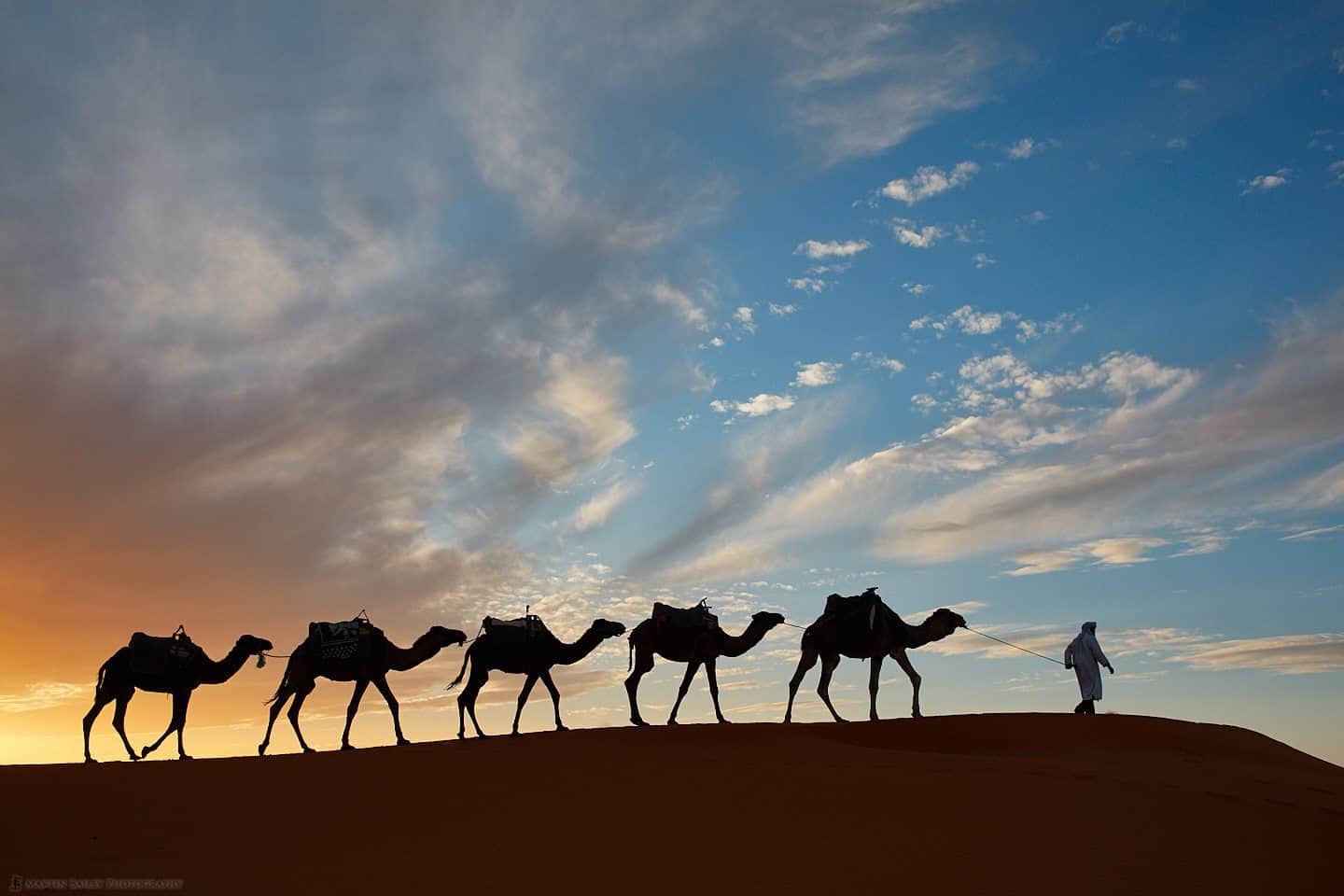
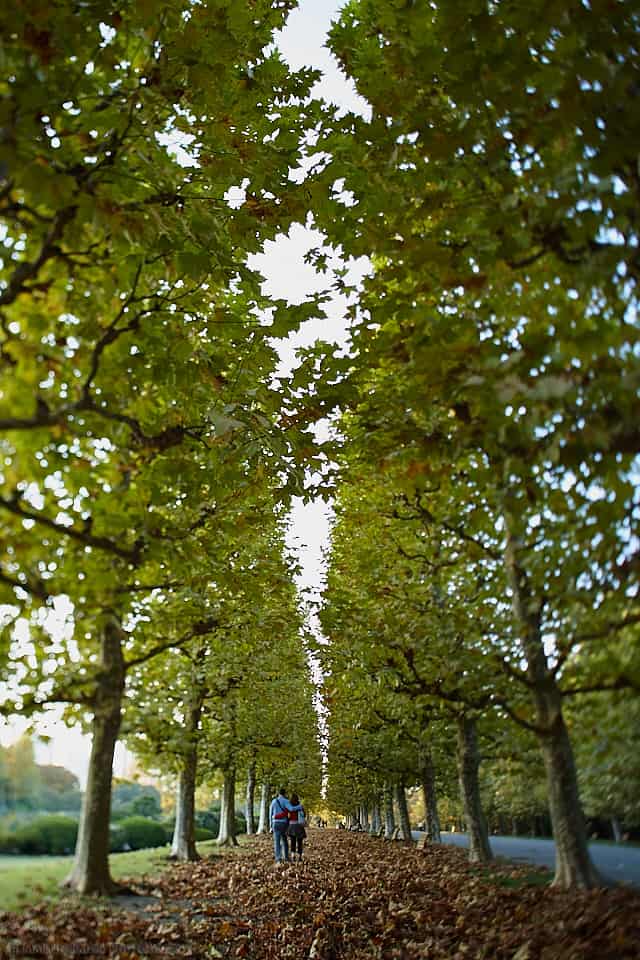
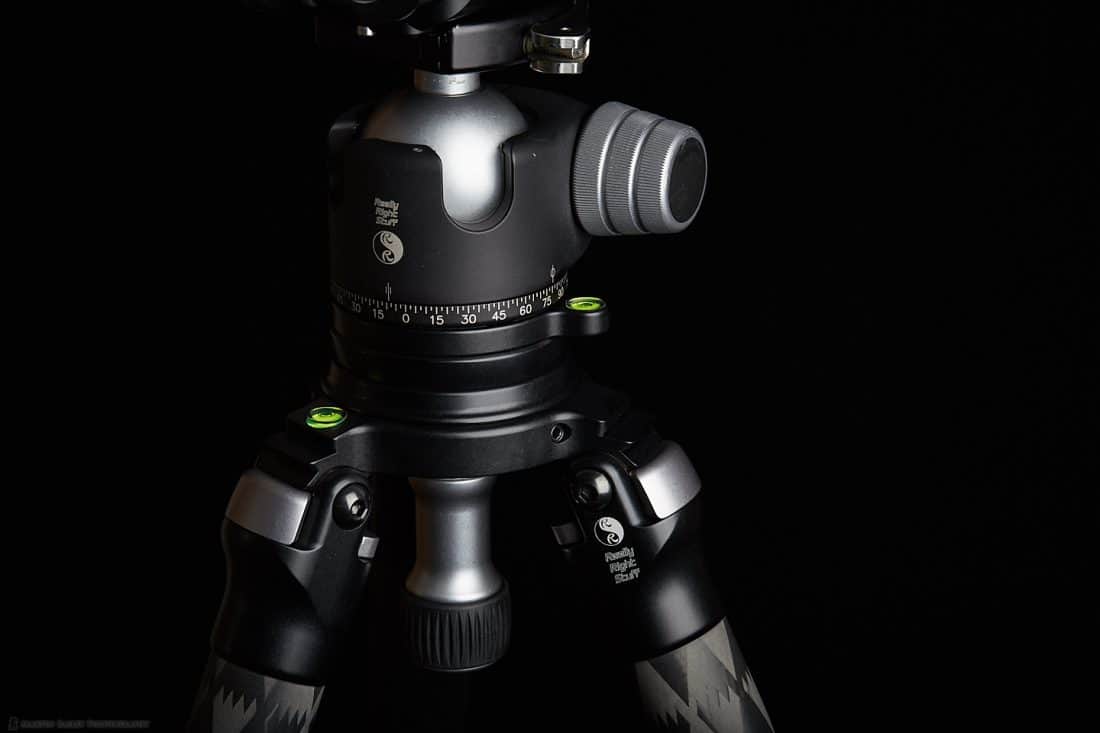
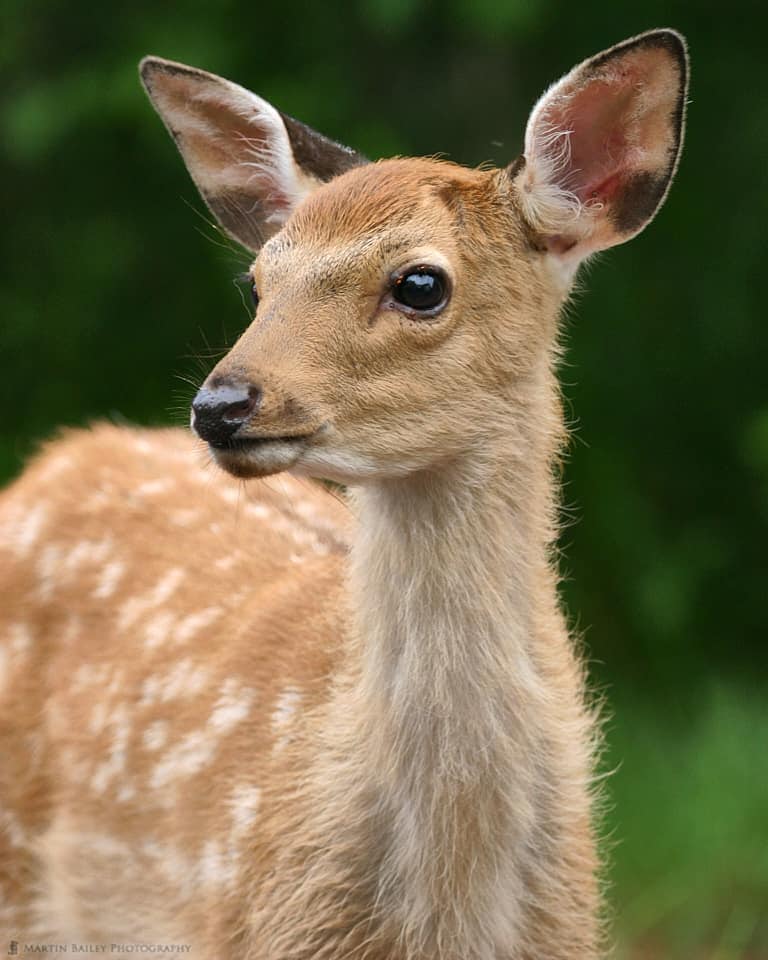
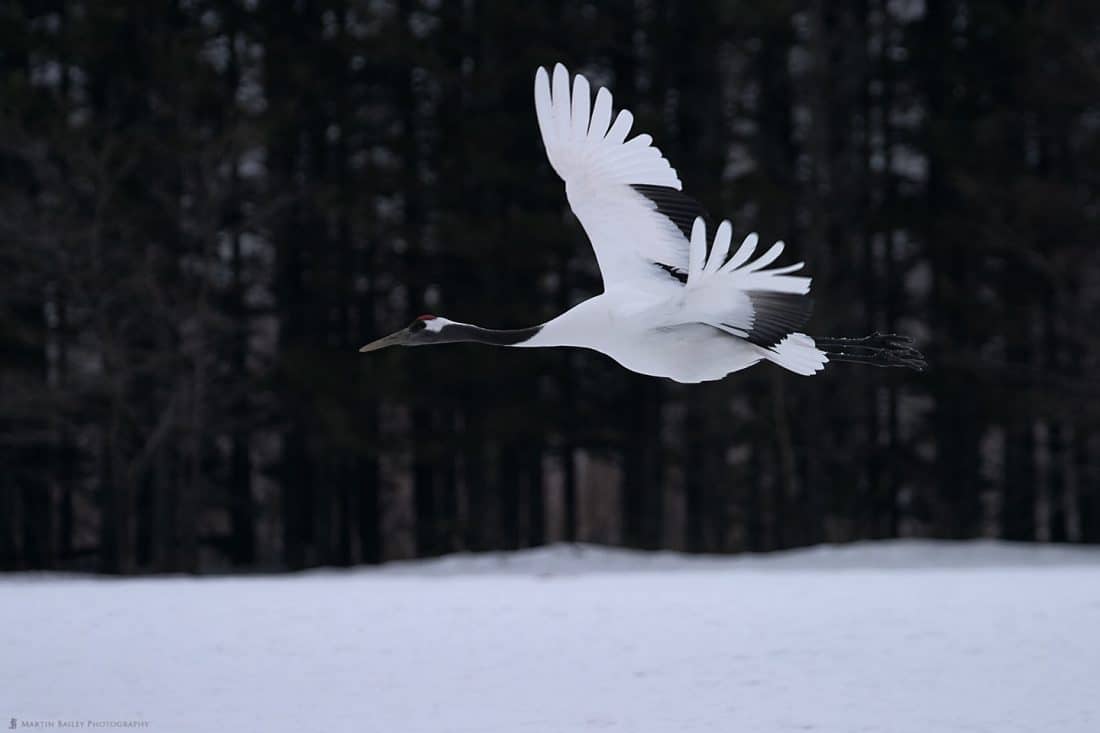

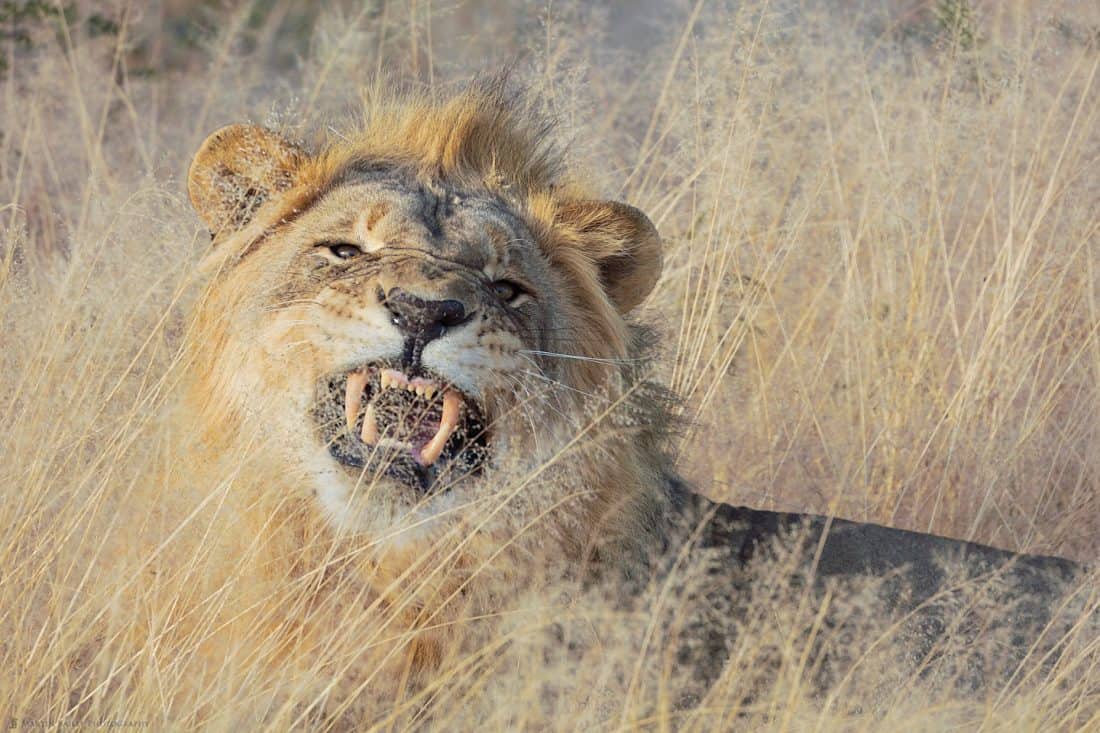
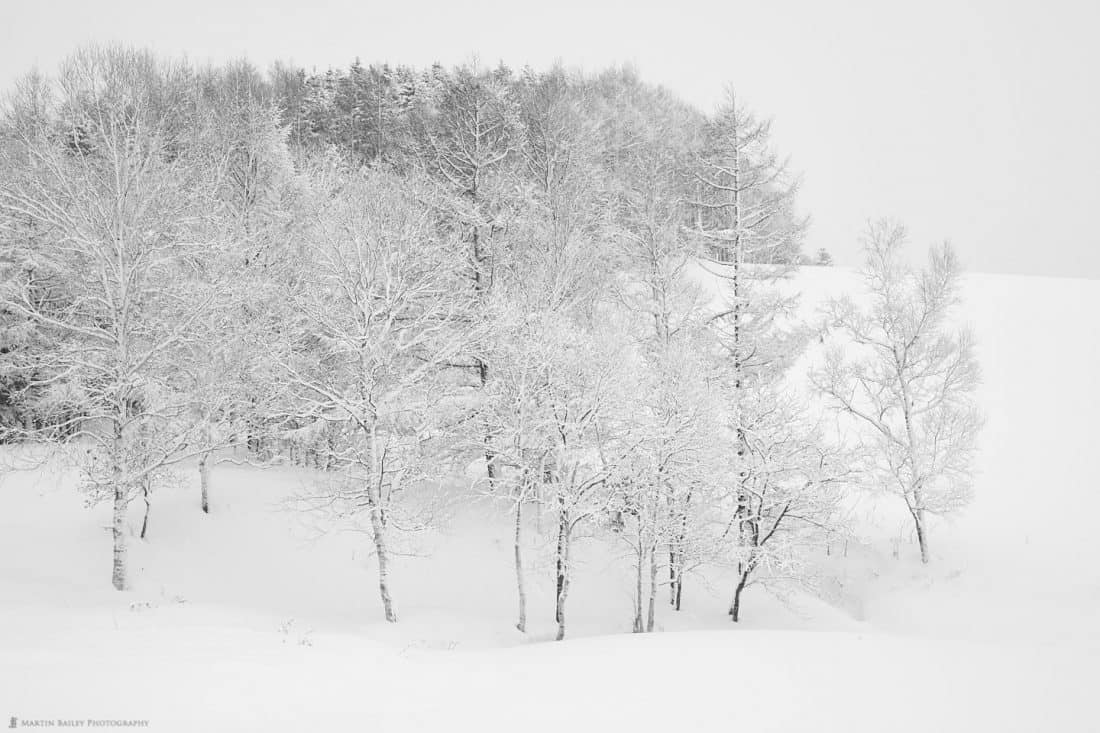
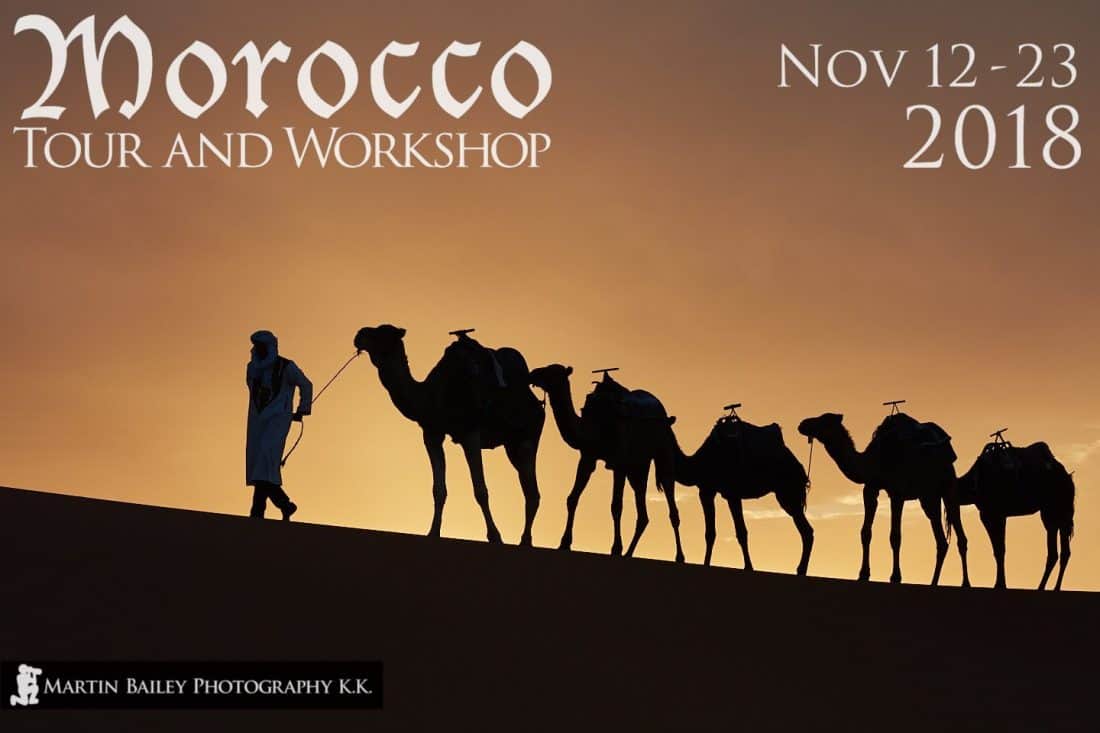

Helpful, relevant and to the point. For this post, I enjoyed the time listening rather than reading.
That’s great! Thanks for letting me know Chris.
Thanks for letting me know that you listened too. I always find it interesting that some people read and some listen.
Great article, Martin. I completely agree that you have to go through the stages. It’s all part of the journey. Thanks for continuing to share your journey and so help us all on our own journeys.
I’m pleased you enjoyed this Andy. I’m sure we do have to go through these phases. Rather than giving people a way to circumnavigate a stage, my hope is that it will help people to identify where they are and also perhaps remove some of the angst that can arise by understanding its cause.
Thank you for continuing to follow my antics. 🙂
Enjoyed this article. I recognized myself in several of the stages. Good composition is still a challenge for me but I like to think I am improving and becoming more selective in my shot selections.
I made the switch to mirrorless three years ago but size & weight were minor factors in my decision. What prompted me to switch was the electronic view finder that gave me a histogram & artificial horizon as I took the shot. Before mirrorless, I never shot manually. Now with focus peaking manual focusing makes sense to me.
Recently I have read several articles by photographers that track their personal photographic journeys. While the details vary, there is a common theme of experimentation and learning we all seem to travel.
Hi Greg,
I’m pleased you enjoyed this. Composition is always a challenge. I’m working on a post to provide more detail on my current thinking on this, hopefully for release in the next few weeks. I hope that will help some too.
I fully appreciate the reasons for people switching to Mirrorless, and you give some great examples right there. I already have the digital level in my Canon camera’s viewfinder, so I’m good there, but I’d love to have focus peaking and highlights etc. right there in the viewfinder. For me though, I’m still not sure that the benefits of having those things would be enough to either warrant me switching or to give up viewing the scene directly, as opposed to electronically. It will happen at some point probably, but being completely happy with what I am using makes it less likely that I’ll give it serious thought at any time soon. Like I say though, never say never! 🙂
Regards,
Martin.